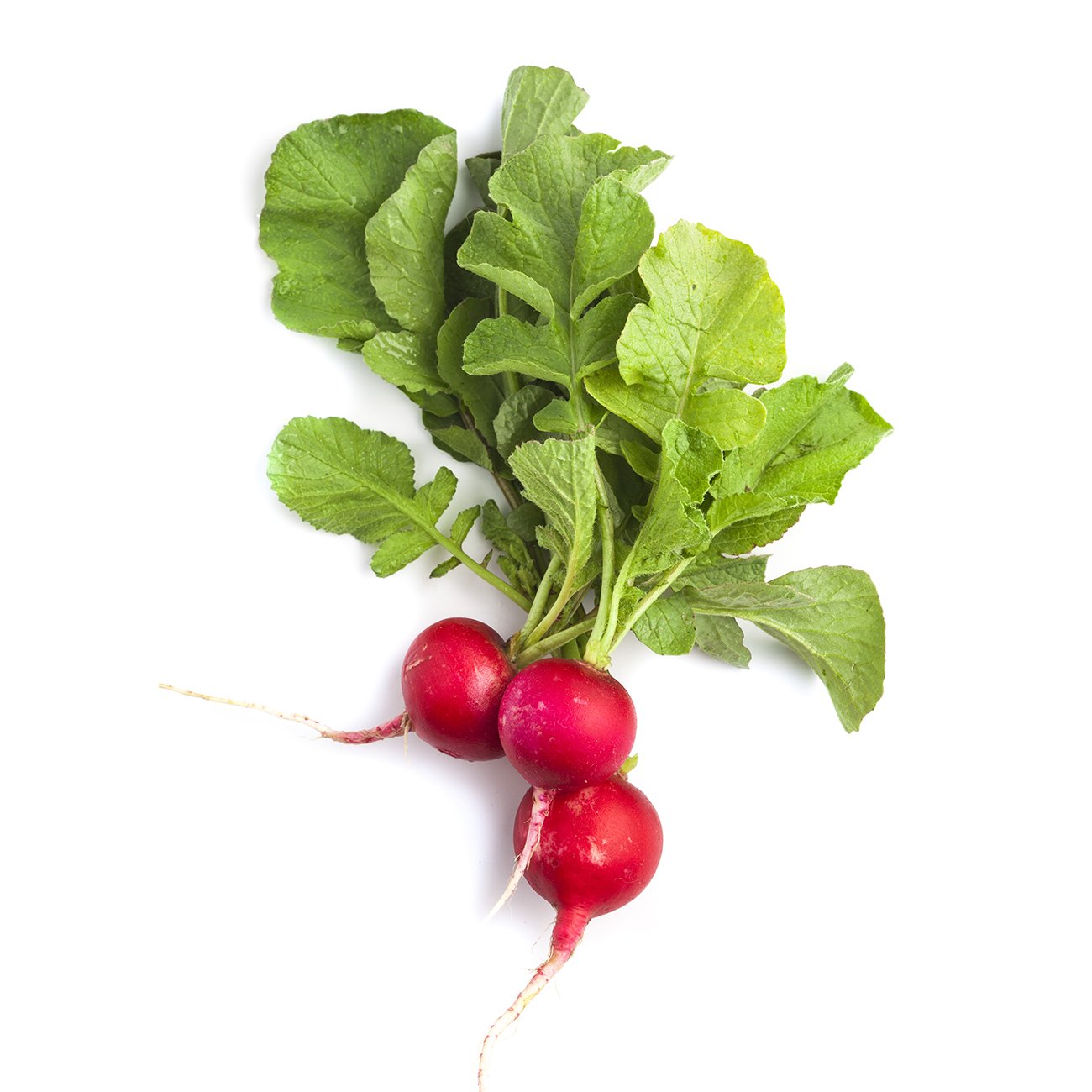Kohlrabi
Tastes like a cross between broccoli and cabbage.
Alternative Name
Cabbage turnip, German turnip, knol-khol, stem cabbage, turnip cabbage
Scientific Name
Brassica oleracea (Gongylodes Group)
Health benefits
Kohlrabi is a round and turnip-like purple or light green globe, with several stalks that sprout green leaves. It is sometimes compared to the Sputnik. Although it looks like a root vegetable, it is actually a stem that swells to a turnip shape above the ground. The taste and texture is similar to broccoli stems. Eat raw, in soup, roasted or steamed.
-
Harvesting
Only young kohlrabi should be harvested; mature product is woody and tough. Succulent and tender leaf stems are a good indicator of quality.Postharvest storage temperature
Topped kohlrabi can be stored for 2–3 months at 0°C and 98–100% relative humidity. Storage life is 2–4 weeks if tops are not removed. Kohlrabi are not chilling sensitive.Controlled atmosphere storage
There is no benefit of controlled atmospheres.Ethylene sensitivity
Kohlrabi have a very low ethylene production and a low sensitivity to ethylene exposure.Humidity storage
Optimal storage is 98–100% relative humidity. Storage life can be improved with the use of perforated film bags to maintain high relative humidity around the product.Disease & infection
Important diseases during storage are bacterial soft rot and black rot. -
Trim leaves and peel before use. Keep in resealable bag in fridge.

You might also like
Veggy tip
Fresh young crispy kohlrabi can be used raw in salads or coleslaws—simply slice or grate and use like cabbage or carrot. Try and cook without water where possible by steaming or stir-frying.



